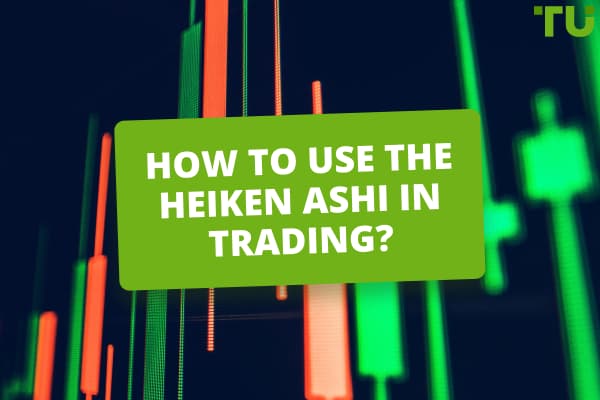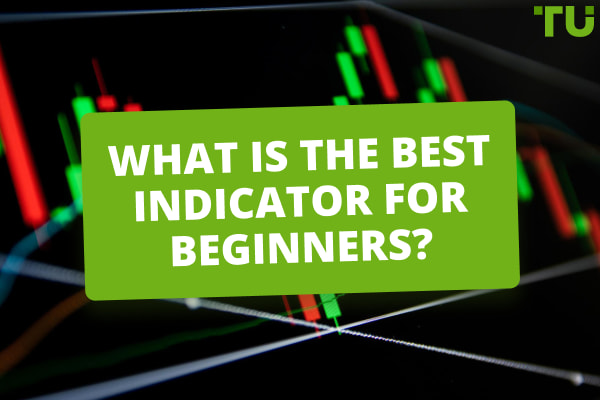Eight Signs When To Exit Forex Trade
Top 8 position closing signals:
-
1
Price reaches target level
-
2
Appearance of reversal patterns
-
3
The market has changed direction
-
4
Price reaches resistance or support level
-
5
Indicators give signal to close the trade
-
6
The trader needs to limit their losses
-
7
Decreasing candle bodies
-
8
Before the weekend
The main signals showing the best moment to close transactions: a decrease in the body of candles, the appearance of reversal patterns, the achievement of resistance and support levels, the coincidence of signals from several indicators, the closing of stop loss and take profit transactions, in case of high volatility and a sharp market reversal. Also close trades before the weekend and in moments of emotional fatigue.
Trade closing signals
Closing Forex trades is an important part of any trading cycle. It is the moment when a trader reaches their profit or loss target and exits the trade. Closing trades can be challenging, but it can also be very profitable.
To successfully close Forex trades, traders need to be able to recognize the signs that a trade has reached its peak. Here are eight such signs.
Price reaches target level
The target level is the price at which a trader plans to close a trade with profit or loss. If the price reaches the target level, it is a clear sign that it is time to close the trade. In this case, the trader has reached their profit or loss target and can exit the trade without risking any more money.
When setting a target level, it is important to consider the following factors:
-
Trader's strategy. The goal of the trade could be to make a profit, reach a certain breakeven level, or simply to lock in losses.
-
Trader's risk profile. The higher the trader's risk profile, the higher their target level could be.
-
Technical analysis. A trader can use technical indicators to determine the target level.
Appearance of reversal patterns
Reversal patterns are graphical figures that can indicate a change in the direction of market movement. There are many different reversal patterns, and each one has its own unique characteristics.
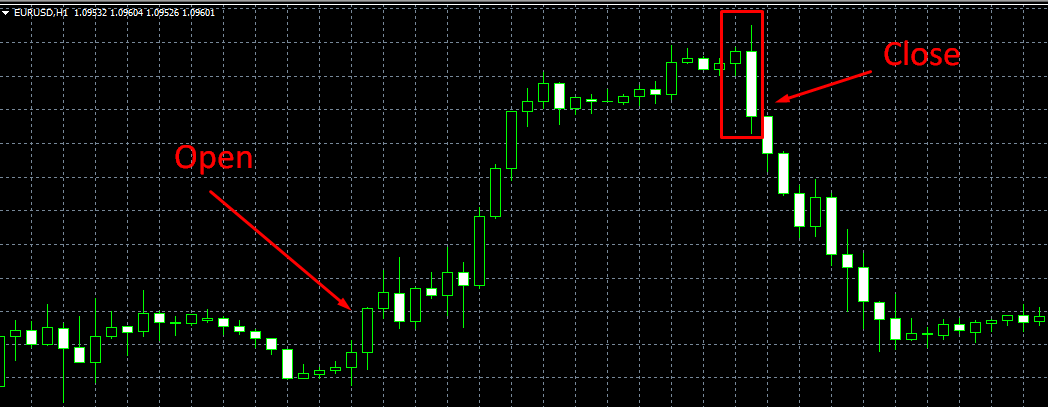
Some of the most common reversal patterns include:
-
Double top. This pattern consists of two peaks that are roughly the same height. It indicates that the bullish trend may be exhausting itself.
-
Double bottom. This pattern consists of two troughs that are roughly the same height. It indicates that the bearish trend may be exhausting itself.
-
Head and shoulders. This pattern consists of three peaks, with the middle peak being the highest. It indicates that the bullish trend may be exhausting itself.
-
Inverse head and shoulders. This pattern consists of three troughs, with the middle trough being the lowest. It indicates that the bearish trend may be exhausting itself.
If a reversal pattern appears on the chart, it could be a sign that it is time to close the trade.
The market has changed direction
If the market has changed direction, this could be a sign that the trade is no longer profitable. In this case, the trader should consider closing the trade to limit their losses.
There are several ways to determine if the market has changed direction. One way is to use technical indicators. For example, if the MACD indicator crosses the trend line from below up, this could be a sign that the market has changed direction from bearish to bullish.
Another way to determine if the market has changed direction is to monitor news and events that could affect the market. For example, if a major economic event occurs that could affect the currency exchange rate, this could lead to a change in the direction of the market.
Price reaches resistance or support level
A resistance level is a price above which the price cannot move for a certain period of time. A support level is a price below which the price cannot move for a certain period of time.
If the price reaches a resistance level, it could be a sign that the trend has exhausted itself and the price may start moving in the opposite direction. In this case, the trader should consider closing the trade.
If the price reaches a support level, it could be a sign that the trend has resumed and the price may start moving in the same direction. In this case, the trader may consider holding the trade.
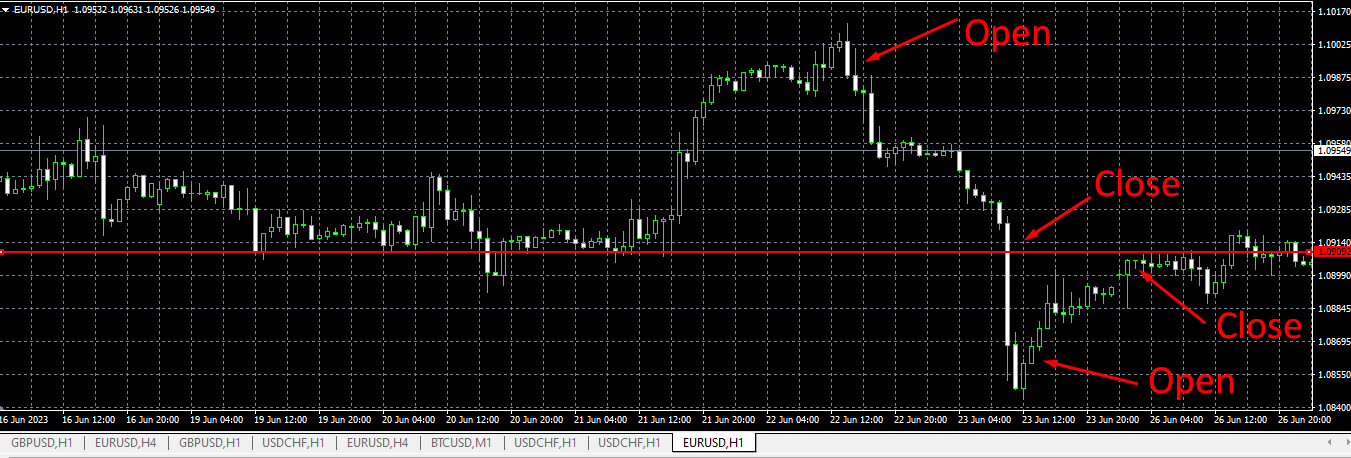
Indicators give signal to close the trade
Technical indicators are tools that help traders analyze market movement and forecast its future direction. Many indicators give signals to close trades.
For example, the MACD indicator gives a sell signal if its signal line crosses the trend line from below up. The RSI indicator gives a sell signal if its value falls below 30.
Traders should use indicators with caution, as they do not always give accurate signals. It is important to use multiple indicators together to improve the accuracy of the signals.
Additional tips for closing trades:
-
Do not use only one indicator to close a trade. It is better to use multiple indicators together to improve the accuracy of your decision.
-
Be disciplined. Even if a trade is going well, it is important to close it if necessary.
-
Study the market. The more you know about the market, the better you will be able to forecast its movement and make the right trading decisions.
The trader needs to limit their losses
Limiting losses is an important aspect of risk management. This means that the trader determines how much money they are willing to lose on each trade.
There are several ways to limit losses. One way is to use a stop loss. A stop loss is an order that automatically closes a trade if the price reaches a certain level. This helps the trader to limit their losses if the trade goes against their plan.
Another way to limit losses is to use a take profit. A take profit is an order that automatically closes a trade if the price reaches a certain level. This helps the trader to lock in profits, even if the market continues to move in their favor.
Traders should use stop losses and take profits on every trade to limit their losses and maximize their profits.
Decreasing candle bodies
Decreasing candle bodies can be a sign that the market is losing strength. If the candle bodies become smaller and smaller, it could mean that market participants are becoming less and less confident in the direction of the market movement. In this case, the trader should consider closing the trade to limit their losses.
There are several reasons why candle bodies can decrease. One reason could be that market participants are beginning to doubt the strength of the trend. Another reason could be that new information is coming into the market that is impacting the opinion of market participants.
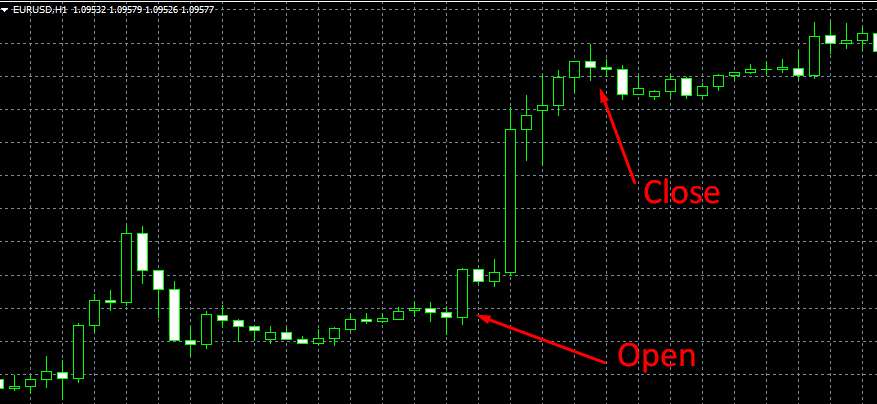
Before the weekend
Trading before the weekend can be riskier than on other days of the week. This is because trading volume may be lower, which can lead to increased market volatility.
In light of this, traders should exercise caution when trading before the weekend. If possible, it is best to close trades before the weekend to avoid potential risks.
Here are some additional tips for limiting losses:
-
Set stop losses at a reasonable level. The stop loss should not be too close to the current price, otherwise it may be triggered by stop losses of other traders.
-
Regularly review stop losses. If the market is moving in your favor, you can raise the stop loss to lock in profits.
-
Don't be afraid to take profits. Taking profits is a way to lock in profits and avoid large losses if the market changes direction.
In addition to these eight signs, there are other factors that may indicate that it is time to close Forex trades. For example, if:
-
Unforeseen Events.Unexpected events, such as economic releases, central bank announcements, or geopolitical incidents, can cause sudden volatility. If such events jeopardize your trade or introduce uncertainty, closing the position to avoid unnecessary risk may be prudent.
-
The market becomes too volatile.
-
The trader feels uncomfortable in the trade.
The trader needs to be aware of these factors and be able to recognize the signs that a trade has reached its peak. This will help them improve their trading efficiency and increase the number of profitable trades.
Best Forex brokers


How to Close Forex Trades Successfully
To close Forex trades successfully, traders need to be able to not only recognize the signs that a trade is ready to be closed, but also use effective trade closing techniques. Here are some tips that can help you with this:
-
Be disciplined. It is important to be disciplined and exit trades, even if they are profitable. Do not let greed or fear get the best of you.
-
Have a plan. Before opening a trade, it is important to have a plan for closing it. This will help you avoid impulsive decisions.
-
Be prepared for losses. Even the best traders sometimes lose money. It is important to be prepared for losses and not let them discourage you.
-
Use stop losses and take profits. Stop losses will help you limit your losses, and take profits will help you lock in profits.
-
Use money management. Money management is a capital management strategy that helps you control your risks.
-
Study the market. The more you know about the market, the better you will be able to predict its movement and make the right trading decisions.
Practice and education will help you improve your Forex trade closing skills.
Conclusion
In conclusion, successful trading requires a proactive approach to recognizing when to close trades. Combining technical analysis, awareness of market conditions, and adherence to a well-thought-out strategy will empower you to make informed decisions, enhancing your overall trading performance.
Glossary for novice traders
-
1
Broker
A broker is a legal entity or individual that performs as an intermediary when making trades in the financial markets. Private investors cannot trade without a broker, since only brokers can execute trades on the exchanges.
-
2
Trading
Trading involves the act of buying and selling financial assets like stocks, currencies, or commodities with the intention of profiting from market price fluctuations. Traders employ various strategies, analysis techniques, and risk management practices to make informed decisions and optimize their chances of success in the financial markets.
-
3
Volatility
Volatility refers to the degree of variation or fluctuation in the price or value of a financial asset, such as stocks, bonds, or cryptocurrencies, over a period of time. Higher volatility indicates that an asset's price is experiencing more significant and rapid price swings, while lower volatility suggests relatively stable and gradual price movements.
-
4
Take-Profit
Take-Profit order is a type of trading order that instructs a broker to close a position once the market reaches a specified profit level.
-
5
Index
Index in trading is the measure of the performance of a group of stocks, which can include the assets and securities in it.
Team that worked on the article
Oleg Tkachenko is an economic analyst and risk manager having more than 14 years of experience in working with systemically important banks, investment companies, and analytical platforms. He has been a Traders Union analyst since 2018. His primary specialties are analysis and prediction of price tendencies in the Forex, stock, commodity, and cryptocurrency markets, as well as the development of trading strategies and individual risk management systems. He also analyzes nonstandard investing markets and studies trading psychology.
Dr. BJ Johnson is a PhD in English Language and an editor with over 15 years of experience. He earned his degree in English Language in the U.S and the UK. In 2020, Dr. Johnson joined the Traders Union team. Since then, he has created over 100 exclusive articles and edited over 300 articles of other authors.
Mirjan Hipolito is a journalist and news editor at Traders Union. She is an expert crypto writer with five years of experience in the financial markets. Her specialties are daily market news, price predictions, and Initial Coin Offerings (ICO).



